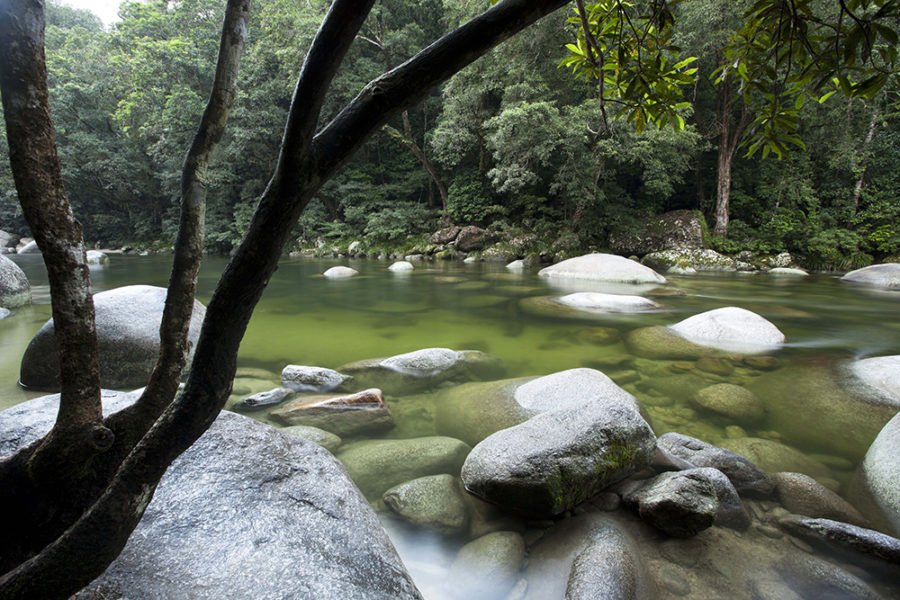
Destinations
You’ll never be short of things to do here, what with the Great Barrier Reef, Wet Tropics rainforest, waterfalls, gorges and abundant natural beauty, but if you’re looking for inspiration, here are 50 things to tick off the list.
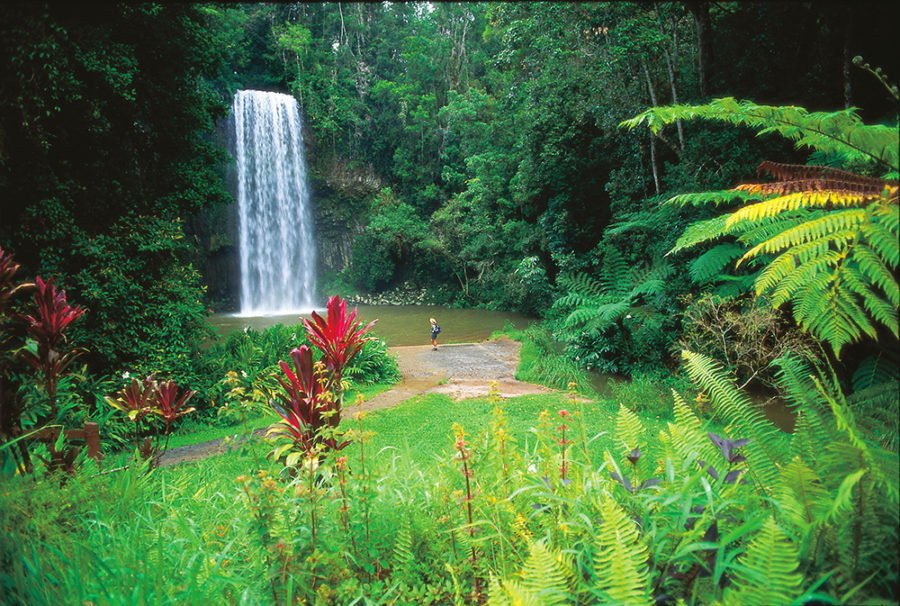
Destinations
The sheer number of falls in Tropical North Queensland can be overwhelming, so we’ve chosen four of our favourites. All you need to start ticking off this list is your camera and some swimmers.
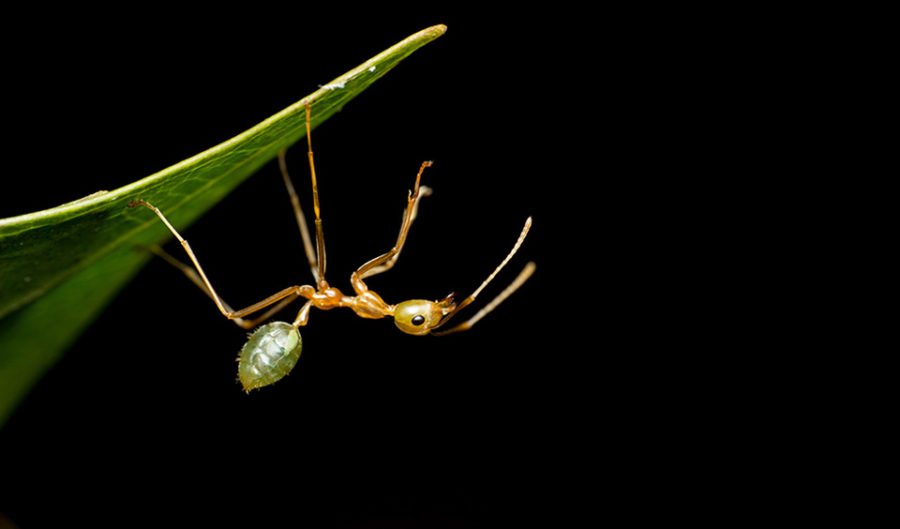
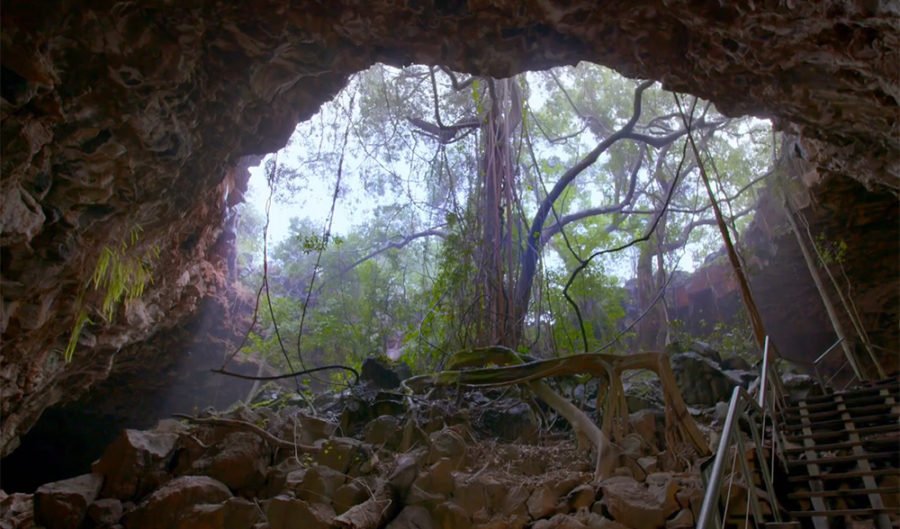
Destinations
Just six hours from Cairns, Undara Volcanic National Park is named for the forces that created its dramatic geological formations
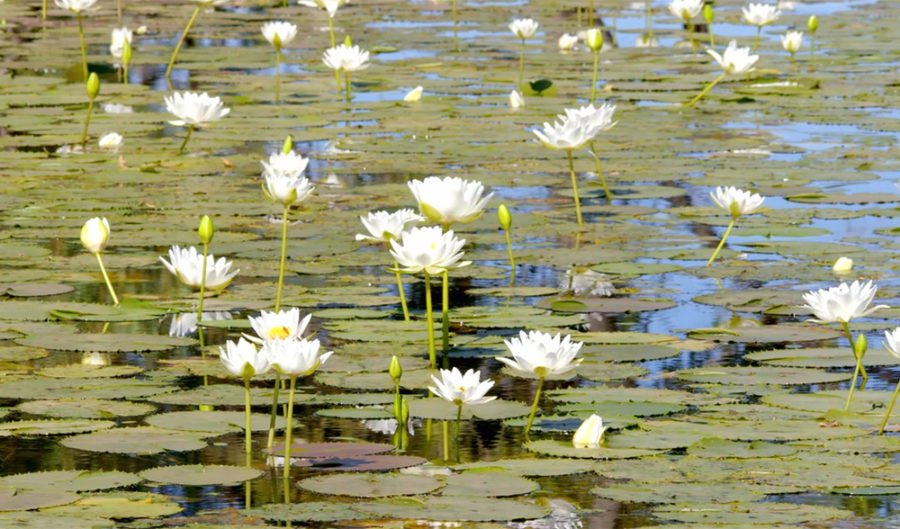
Destinations
David discovers why locals call this hot part of far north Queensland ‘Gulp Country’
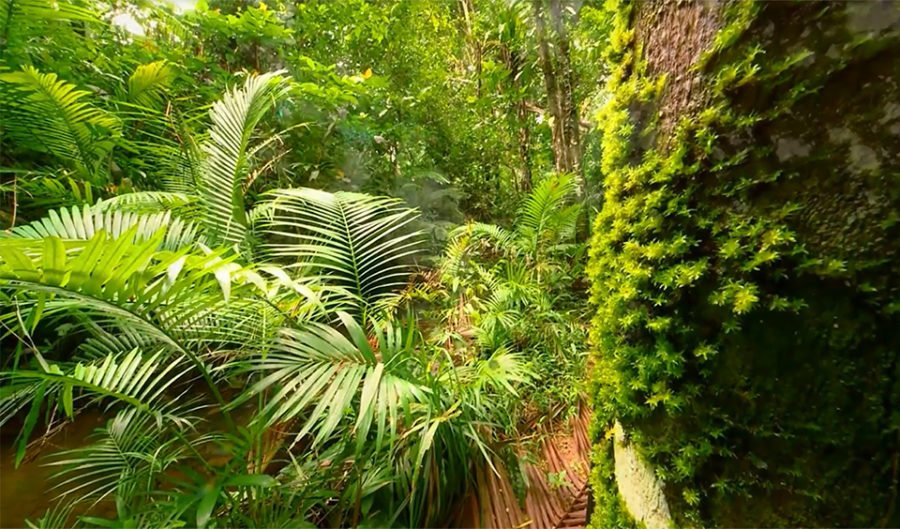
Destinations
Daintree National Park and Chillagoe-Mungana Caves National Park are breathtaking examples of the vast diversity of Australia’s landscapes

Nature & Wildlife
Researcher Christina Zdenek captured some rare film of the elusive wild palm cockatoo
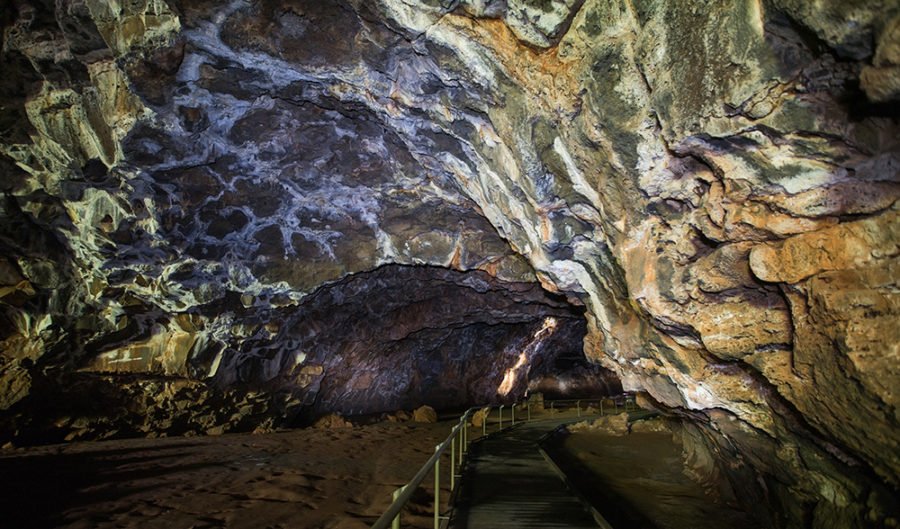
Destinations
Beginning 190,000 years ago, Undara Volcano in far north Queensland erupted, not with a bang but a long, seething gush of lava. Undara disgorged a colossal 23 cu.km of molten mayhem. It spread across the plains and filled ancient river valleys to the brim. Over time, the lava atop these deeper valleys cooled to form a dark, hard crust. Meanwhile, below decks, the liquid lava kept surging downstream. In essence, as it moved on, the lava fabricated its own insulated pipeline. By the time Undara was a spent force its farthest run had travelled 160km. In recent geology, no other single volcano on Earth has a longer lava flow. Visitors can see the remnants of the lava pipeline at Undara Volcanic National Park. Nearby the limestone formations of Chillagoe-Mungana Caves National Park and the distinct sandstone ravines of the region are also a delight to geology lovers.
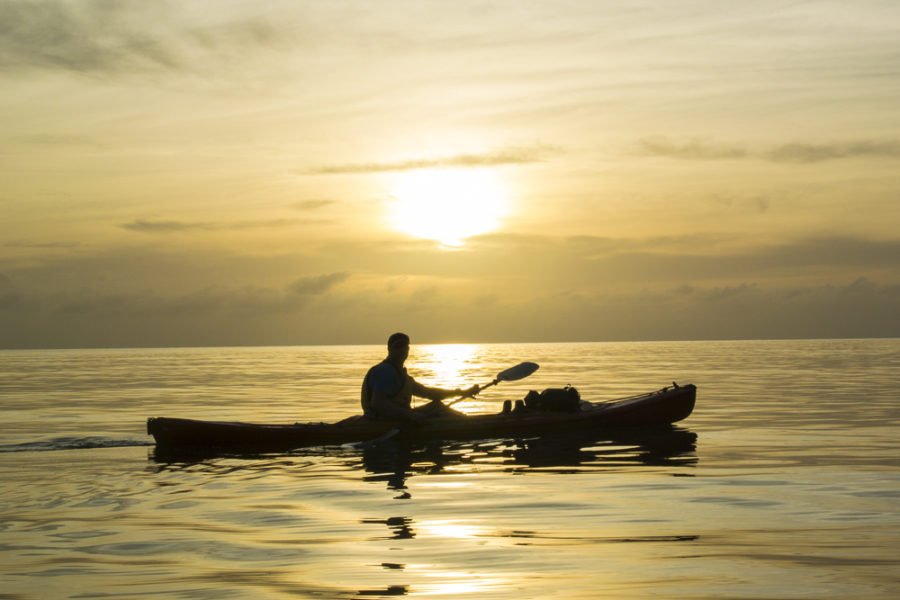
Destinations
Australian Geographic OUTDOOR Editor, Justin Walker, visited Tropical North Queensland recently as part of Tourism TNQ’s “Paradise Through Your Lens” competition, in his role as judge and mentor. Justin followed some of the 10 finalists around the region as they shot footage for their short film entries. During his four days up north, Justin mentored these finalists and also photographed some of the area’s spectacular locations and residents.
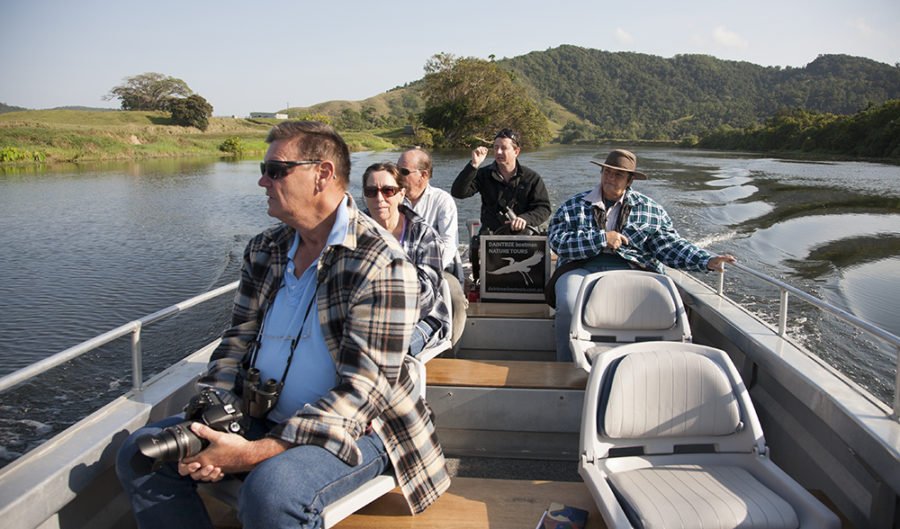
Destinations
An abundance of native birdlife in tropical north Queensland calls to sharp-eyed twitchers far and wide.









